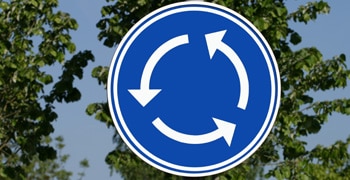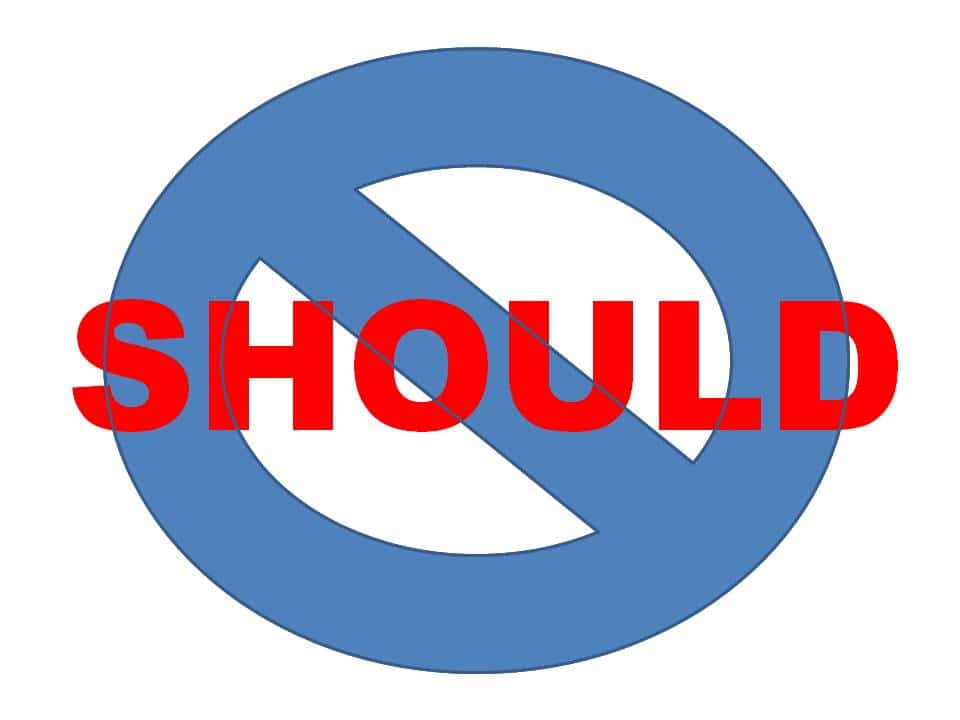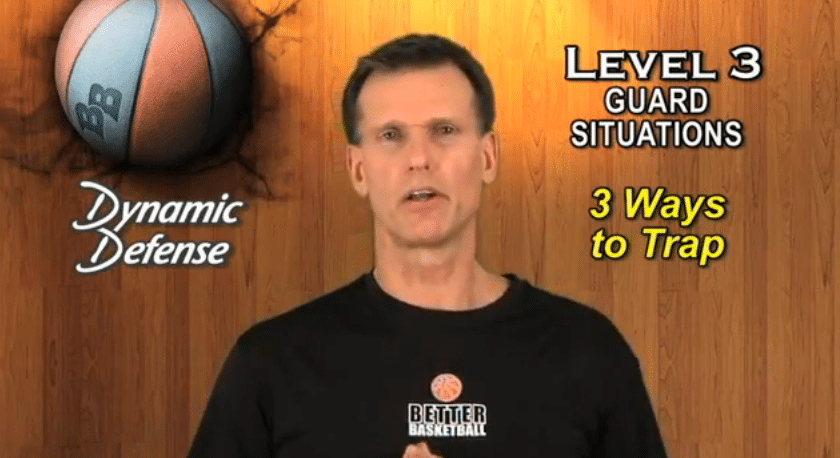01 Nov Should
I’m a huge fan of Seth Godin. I get an email from his blog site every day. Here’s a recent one: “Banks should close at 4, books should be 200 pages long, CEOs should go to college, blogs should have comments, businessmen should be men, big...
29 Oct The Art of War (and R&R)
During recent clinics, I’ve mentioned Kevin Eastman’s quote about the future of basketball – that it will be “position-less”. He’s not yet seen the Read & React and so I find it interesting that one of the best basketball minds in the coaching community “senses” where things are headed. I would love to see him wrap his mind around what you and I already know: the future is already here. The Read & React is position-less, formless, unpredictable and yet totally accountable and teachable. There’s no telling how Kevin would operate it – just like all the Tribe coaches; it looks different in everyone’s hands. But that’s not what I want to point out today. His quote about “position-less basketball” brought other terms to my mind like “formless” and “unpredictable”. It reminded me of a quote about how your team should be like “water” and adapt its form according to the defense… I found this quote today in THE ART OF WAR by Sun Tzu – and it struck me how close his language is to ours. You’d think he was talking to his Read & React team just before a game:16 Jul Read & React Offense: Engineered to Absorb Selfishness
In traditional basketball offenses, a selfish player can kill what the team is trying to accomplish. Ultimately, that player will force the offense to break down and lose five-player coordination. This means that traditional offenses are only as strong as the weakest link - a selfish player. Even your trustworthy "team-player" can occasionally stray from the herd and do his or her own thing with the same results - a loss of teamwork. This is not the case with the Read & React Offense. Layers 3, 4, 5, and 6 are engineered to absorb selfish player actions and turn them into opportunities.
This is not the case with the Read & React Offense. Layers 3, 4, 5, and 6 are engineered to absorb selfish player actions and turn them into opportunities.
02 Jul Bubbles, Close Talkers, and Dynamic Defense
Part of effective teaching is putting techniques in terms that are easily transferable and easily remembered. Dynamic Defense helps you do just that. In order to make proper one-on-one defensive spacing easy to understand, I've defined it in terms of a conversation with the help of a personal space bubble. We all enjoy our personal space and when people operate outside of the societal conventions of that space, things get weird quick. Those conventions can help players quickly recognize appropriate defensive spacing (depending on the situation) while allowing you, the coach, to quickly communicate what you want. First, use your imagination to picture a translucent bubble surrounding the offensive player. It should be just large enough that if the offensive player extends their arms in front of them, they'll be touching the edge of their bubble. This is that personal space bubble that we are inherently familiar with. Now, with the bubble as a guideline, let's discuss conversational defensive positioning. Conversation Distance: Most of the time, we want players to play on the surface of the bubble. In other words, they should be stuck to the bubble at all times - close enough to discourage a shot, bother the dribble, and deflect passes. This would be the correct distance to shake hands with another person, or to have a normal conversation. Most well adjusted people instinctively know the appropriate distance socially required to have a one-on-one conversation. That's conversation distance.18 Jun Dynamic Defense Level 3: the Post Feed Situation
To understand Level 3 in the Dynamic Defense, you must first understand Situations. So, what's a Situation? Put simply: a situation is an offensive action that demands a switch or a double-team in order to stop the ball. That means if help and recover techniques (Level 2) are not enough to stop an offensive attack, that attack has just been escalated to a situation and now requires a Level 3 defender. A Level 3 defender can recognize situations and either switch or double-team to stop the action. Well, as you can imagine, it would be difficult to list every Situation so instead I've focused the lens on a typical action that creates a Situation for many teams: Feeding the Post. The video below is an excerpt from Dynamic Defense, our newly released DVD series on taking your defense to the next level… literally. http://www.youtube.com/watch?v=jwCTNrSydVc&feature=youtu.be Now, feeding the post doesn't always create a situation. If the post player can be defended one-on-one, then there’s no Level 3 Situation. But, oftentimes that offensive post player demands the attention of a double-team.05 Jun Dynamic Defense Level 2: Basketball Close Outs
Athletically, I think the close out is one of the hardest techniques to master and even if you do, it’s hard to be consistent with it throughout a game (or even a possession). There are just so many details of a close out that favor...





